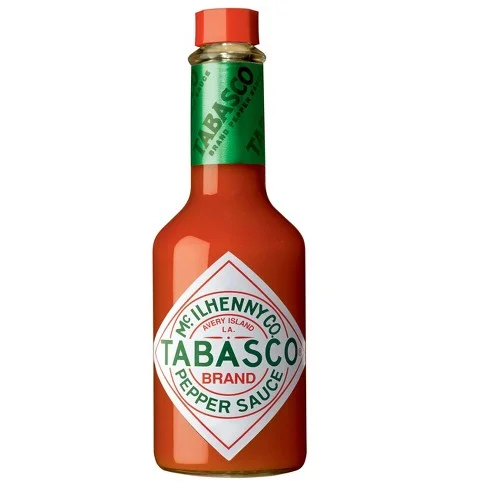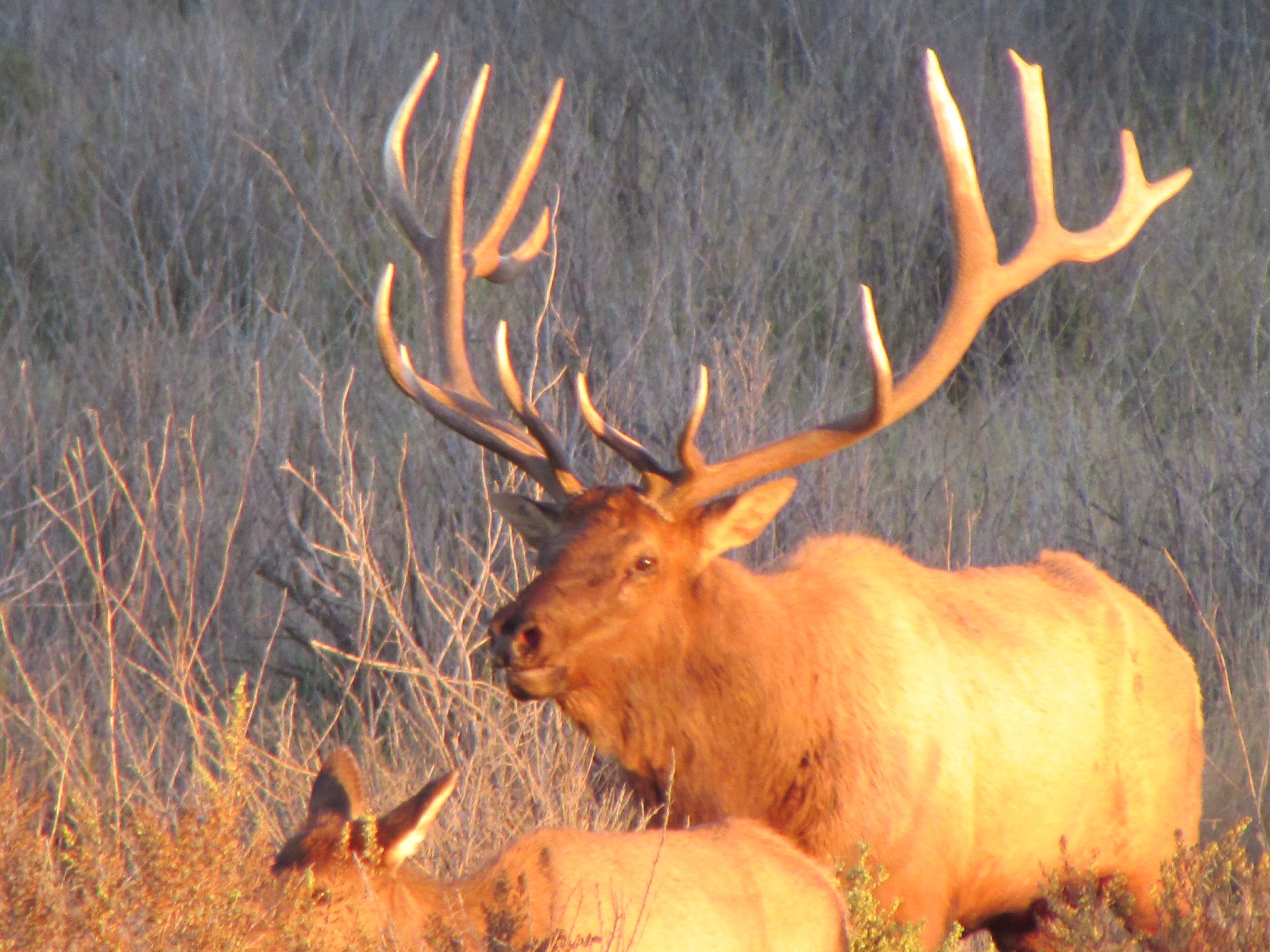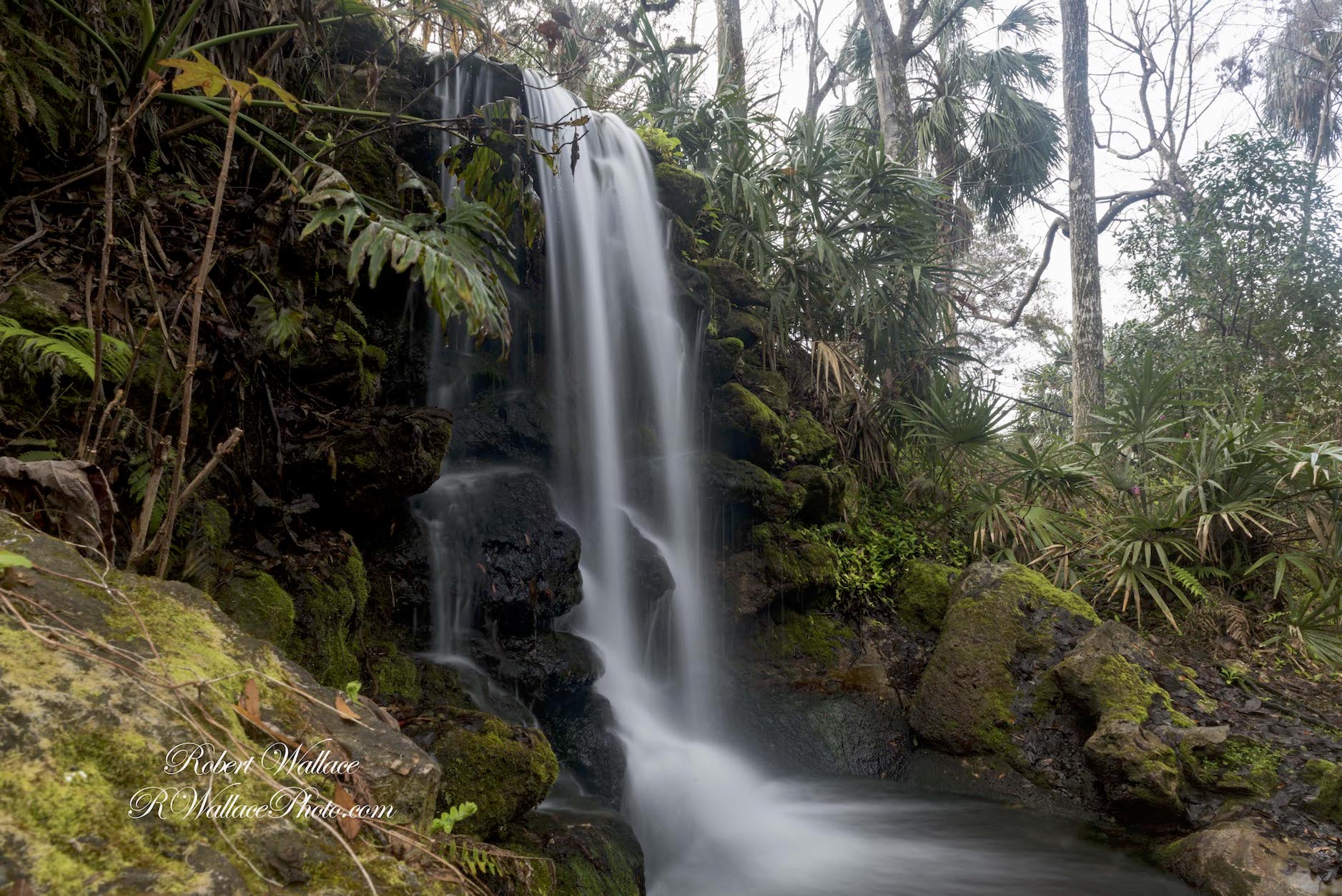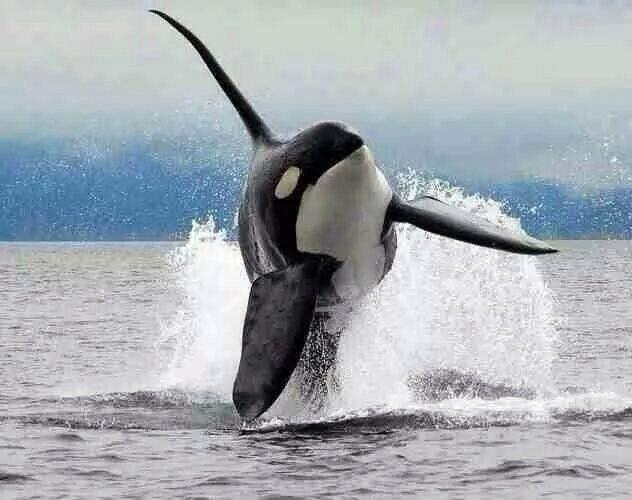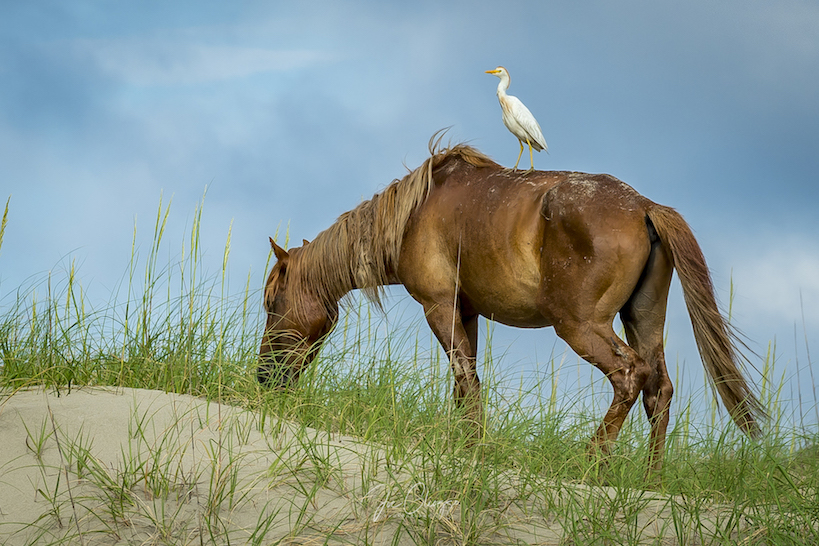Adorable but Harmful. What To Do With Nutria ?
NUTRIA, CAPTURED IN THEIR NATIVE SOUTH AMERICA, WERE BROUGHT TO THE UNITED STATES IN 1889 FOR THE FUR TRADE. THE NUTRIA HAD OTHER IDEAS. Image: © Jorn Vangoidtsenhoven, Vango Photos
Jorn Vangoidtsenhoven, Vango Photos
by Jorn Vangoidtsenhoven
Team member Jorn Vangoidtsenhoven is a regular contributor. Originally from Belgium, Jorn and his wife now call Arizona home. Jorn was a BI Analyst by trade turned wildlife and nature photographer by love. He and his camera travel the globe. Jorn’s lens is now set on the western hemisphere. Read more about Jorn here.
BIG BEND NATIONAL PARK IS A FEW HOURS DRIVE FROM THE NEAREST CITY. IT IS WELL WORTH THE TRIP. Image: © Jorn Vangoidtsenhoven, Vango Photos
Destination: Big Bend National Park, Texas
Its vast expanse of deserts and mountains is hours of drive time from the nearest Texan cities of El Paso, San Antonio, or Austin. This is one of the most remote areas of the U.S. lower 48.
Big Bend is a destination: no one ends up here by accident.
There are no crowds here. With only about around 300,000 visitors per year, it is one of the least visited parks in the United States. But this is where you will find the old west, open, ruggedly beautiful, seemingly empty, yet full of life. Big Bend National Park is definitely worth the trip.
ONE OF BIG BEND NATIONAL PARK’S UNFORGETTABLE CANYONS Image: © Jorn Vangoidtsenhoven, Vango Photos
Gorgeous Vistas and an Plethora of Wildlife
✓ Trip Tips:
Big Bend National Park
When: Spring, Autumn
Who: Adults, Families, pets restricted
What: Hiking, camping, scenic drive, horseback tours, mountain bikes, kayaks and rafting. Visit Boquillas, Mexico
Designated a National Park in 1944 by President Franklin D. Roosevelt, it is the 14th largest of 61 U.S. National Parks, with 801,163 acres of scenic mountains, desert, and wetlands. Some of my favorite scenic areas include the areas of Santa Elena Canyon, the Chisos Basin Mountains, and the Rio Grande canyon. But Big Bend National Park also abounds with wildlife: 450 species of birds, 75 species of mammals, 56 species of reptiles, and 11 species of amphibians.
Mountain lions and black bear live in the Chisos Mountains range located in the Park's central region.
BIG BEND NATIONAL PARK PROTECTS THE CHIHUAHUAN DESERT. HERE, IN THIS THE AMAZING DRY WILDERNESS YOU WILL FIND THE TERRAIN COMPOSED OF ROCK AND, SAND DOTTED WITH FISSURES, VOLCANOES, FAULTS, HOT SPRINGS, OLD MINES, AND A HUGE ARRAY OF CACTUS AND FLOWERING PLANTS AND, OF COURSE, WILDLIFE.
Image: © Jorn Vangoidtsenhoven, Vango Photos
Other species, better suited to life in Texas' desert summer heat live in the Park's eastern and western sections Some of these species beat-the-heat by living nocturnally: kit fox, ringtail, bobcat, kangaroo rat, and more than a dozen species of bats. Other animals such as mule deer, coyotes, badger, blacktail jackrabbits, and desert cottontails have adapted to the daytime desert.
Cross the River to Mexico
TAKE A RIDE ACROSS THE RIO GRANDE AT THE BOQUILLAS CROSSING PORT OF ENTRY. ENJOY LUNCH OR SHOP FOR CRAFTS IN MEXICO. Image: © Jorn Vangoidtsenhoven, Vango Photos
The Rio Grande forms 118 miles of the southern border of the Park – as well as the U.S. border with Mexico. The Boquillas Crossing Port of Entry gives Park visitors (with a valid passport) the perfect opportunity to explore the quaint Mexican border town of Boquillas del Carmen. For a small fee ($5.00) you will be ferried by rowboat the short distance across the river. Note: International borders come with their own set of challenges, please obey the rules.
An Oasis, A Boardwalk, and a … Nutria?
THE PONDS ARE TEEMING WITH BIRDS, SOME ONLY FOUND HERE, IN THE BOARDER COUNTRY BETWEEN ARIZONA AND NEW MEXICO, AND THEN THERE ARE THE NUTRIA. Image: © Jorn Vangoidtsenhoven, Vango Photos
It is here at the Rio Grande that I find myself. The National Park Service has installed a boardwalk that carries you over several ponds teeming with birds. An oasis in the desert, the Rio Grande brings life to this region. Watching and photographing the birds, my eye suddenly spots movement in the water.
What appears to be a beaver swims in my direction. Or is it an otter? Or a muskrat? I wasn't aware of too many of these species living here in this hot, desert environment. Some of the visitors that walk by me are as puzzled as I am. It doesn't have a paddle-like tail like a beaver nor does it have the otter's sleek, long-tail nor is it as small as a muskrat. Turns out … it's a nutria! But what is a nutria?
WHAT is a NUTRIA?
NUTRIA ARE SMALLER THAN BEAVERS AND HAVE A LONG SKINNY, NOT FLAT, TAIL. THEY EAT VEGETATION,INCLUDING THE ROOTS, NOT BARK. Image: © Jorn Vangoidtsenhoven, Vango Photos
☞ Nutria Fast Facts
Length: To 14 in. / 36cm plus tail: to 17 in / 43 cm
Weight: to 18lbs / 8kg
Reproduction: 2-3 x per year
Litter: 4-6 young per litter
Habitat: Semi-aquatic
Consumes: 25% of body weight per day. Vegetation including roots, bulbs, rice, sugar cane.
Native: South America , introduced 1889 (fur trade)
Predators: Alligators, large raptors
Nutria (Myocastor coypus) are wetland rodents. Adult nutria is about the same size as an adult beaver or otter, weighing up to twenty pounds (10 kilograms) and measuring about twenty-five inches head to tail. They make a living by eating aquatic plants, roots, and snails. A nutria's average life span in the wild is between eight and ten years.
The fact that you can only see its head and part of its body above water while it is swimming adds to the difficulty of identifying nutria.
More at home in the water than on land, they build their nests – called burrows – near water. Being strong swimmers, they can swim underwater for up to five minutes to browse for food or to escape predators.
THE NON-NATIVE NUTRIA HAS FEW NATURAL PREDATORS IN ITS ADOPED RANGE. THEIR HABBIT OF DEVOURING BOTH PLANT AND ROOT DESTROYS HABITAT NECESSARY FOR MANY OTHER SPECIES. Image: © Jorn Vangoidtsenhoven, Vango Photos
Nutria Multiply Like … Nutria!
Once nutria settles in an area, they reproduce prolifically. The average female has two to three litters annually, each consisting of up to seven babies. These young ones are born fully furred and start eating vegetation within hours of birth. The babies mature in two months and are ready to breed on their own in about five months.
Simple math says that a single breeding pair can result in up to two hundred nutrias by the end of the year! Nutria colonies proliferate, spreading over larger areas following streams and rivers into other wetlands.
Nutria are Hungry
RIVER OTTER, LIKE THIS FRESH GUY, MAY UNEXPECTEDLY FIND THEMSELVES SHARING THEIR HABITAT WITH NUTRIA. Image: © Jorn Vangoidtsenhoven, Vango Photos
An adult nutria consumes about twenty-five percent of its body weight daily, eating both the plants and their roots. This can create bare patches of land around their water home, eroding riverbanks, and destroying aquatic vegetation and habitat as well as any irrigation systems – which also affects farmlands.
Some of these animals have even been found eating man-made materials such as wood house paneling!
Their ravenous appetite combined with rapid reproduction rate can be problematic to other species, habitat and humans – and nutria is most often seen as a pest.
Oh, and nutria is not native to the United States
How Did Nutria Get to Texas?
NUTRIA SPEND MOST OF THEIR LIVES IN OR VERY NEAR WATER. Image: © Jorn Vangoidtsenhoven, Vango Photos
If nutria is not native to the United States, how is it that they are swimming in front of me now, in the United States in Texas at Big Bend National Park?
Did a tourist returning from Argentina bring a cute nutria pair home in his luggage? Did someone decide to launch a furry attack on the U.S. wetlands by importing and releasing a handful of nutria? No, the answer lies in greed and disregard of animal rights: fur factories.
The Fur Trade, Hot Sauce, and a Great Escape
Being aquatic rodents, the nutria has dense fur undercoats to keep them warm and dry. The nutria's undercoat became popular as an overcoat for humans, and by the end of the 19th century, nutria were being imported into the United States by the fur industry.
The location of one of the first U.S. nutria fur farms was Avery Island in the southern state of Louisiana. You may know Avery Island as the location where Tabasco Hot Sauce is made. In fact, the Tabasco heir, one E.A. McIlhanney was also a nutria fur farmer and may (or may not) have been the original nutria importer – although no nutria are (or ever have ) been used in the production of their sauce.
The problem began when some nutria managed to “breakout,” then a storm set the stage for an escape en masse.
A Not-So-Profitable Experiment
Additionally, producing nutria for fur proved to be not very profitable. Beginning in the 1940s bankrupt farms simply released their nutria into the wild. The rest is history as they say.
Today, nutria are found in many U.S. states including the Gulf Coast states (Texas, Louisiana, Alabama, Mississippi, and Florida), California, the Pacific Northwest, and the Northeast. A majority stayed in Louisiana however, it is estimated that at its peak, Louisiana had up to 6,000 nutrias per square mile!
What is the Answer to Costly and Destructive Invasive Species?
THE UNITED STATES GEOLOGICAL SURVEY MAP OF THE NUTRIA RANGE, MATIVE TO SOUTHERN SOUTH AMERICA AND INTRODUCED A FEW DECADES AGO BY FUR TRADERS, THEY NOW THREATEN HABITAT ACROSS THE UNITED STATES.
With nutria spreading like wild-fire across the United States and destroying wetlands, what is the best response? Should the fur industry take responsibility and pay for the costs? Is the best answer to eradicate these "pests" or should we give them a chance by managing their populations? In Big Bend National Park, giving nutria a fair chance in this new and unfamiliar habitat is, for now, the solution. In most other locations in the U.S. however, eradication was and is preferred.
Louisiana Works to Say Good-by to this Introduced Species
In their "home state" of Louisiana, several eradication strategies have been employed. The state's Wildlife department created the tagline "Look fabulous while helping to save the wetlands" as an attempt to bring nutria fur back into fashion, to little success.
THE NON-NATIVE NUTRIA ADDS ANOTHER LAYER TO THE WORK OF THE BARATARIA-TERREBONNE NATIONAL ESTUARY PROGRAM CREATED TO HELP PRESERVE THE FASTEST DISAPPEARING LANDMASS ON EARTH. IMAGE: ©BARATARIA-TERREBONNE NATIONAL ESTUARY PROGRAM
Louisiana chefs were encouraged in the early 2000s to create recipes containing nutria. Nutria meat is said to taste like dark turkey meat, be rich in protein and low in fat and cholesterol. In countries like Uzbekistan and Kyrgyzstan, nutria is known as the poor man's meat.
In 2012, the Barataria-Terrebonne National Estuary Program gave a grant to Baton Rouge, Louisiana based company, Marsh Dog, to create dog food products containing nutria meat.
Sheriff Harry Lee of Jefferson Parish even hired SWAT sharpshooters against nutria.
The most significant effort so far is the Coastwide Nutria Control Program which provides incentives for killing nutria. Hunters receive $6 for every nutria tail turned into the Coastal Environments Inc. Over 400,000 nutria have been killed annually under this program – which is Louisiana's stated goal – costing over $2 million annually in reward money.
California Says Nutria Threat is as Serious as Wildfires or Earthquakes
California is another state plagued by the rodent. "This is a very significant threat in terms of the environmental damage and our agriculture industry. It's a very frightening situation in terms of impact." says Peter Tira from the California Department of Fish and Wildlife, which has issued a warning about the spread of nutria. Breeding populations have now having reached as far north as the valleys east of San Francisco.
California's wetlands are especially at risk since an estimated ninety percent of the wetlands have already been destroyed by human development. They are actively trying to catch all the nutria that they can.
A Coalition of Multiple State and Federal Agencies Work to Protect The Fragile Delmarva Peninsula Ecology
In Maryland, as of 2016, nutria was successfully eradicated from the Delmarva Peninsula. The effort began in 2002, lead by the Chesapeake Bay Nutria Eradication Project, under the direction of a management team initially composed of representatives from the U.S. Fish and Wildlife Service USFWS), Maryland Department of Natural Resources (MD DNR), Tudor Farms, U.S. Department of Agriculture (USDA), and University of Maryland. The USDA's Animal and Plant Health Inspection Service, (APHIS) Wildlife Services assumed primary responsibility for project implementation. Over a 15-year time period all the nutria was removed from the Delmarva peninsula. But, Nutria can still be found on the Eastern Shore of Maryland as well as in the Potomac and Patuxent rivers on the Western Shore. Further eradication measures are underway.
Back at the Rio Grande, I Ponder the Nutria Question
✍︎ Editor's Note:
According to the USGS (U.S. Geological Survey) Currently, there is no way to accurately estimate nutria population size short of complete removal.
The problem of introduced or invasive species is serious, wide-spread, and costly. Invasive species alter or destroy habitat, and consume resources necessary for native wildlife, bird or plant species. Invasive speceis have even hastened the extirpation or extinction of native species. Dealing with the problem is an on-going challenge. How can we, as individuals, help? Be aware of “hitchhikers” on shoes, clothes, cars or boats, or in bags or souvenirs as you travel. Don’t buy exotic pets, including amphibians or insects - and certainly don’t turn it loose if you have one. And be aware of what you are buying. As we can see, even a simple coat can lead to catastrophe.
Are these animals purely pests without rights? Can we trust nature to manage nutria (and other invasive species) into sustainable numbers? Do they deserve to be "managed" on a state-by-state basis in order to balance their population and protect our natural environment, and is that even possible?
As I sit by the Rio Grande river and ponder these questions, the nutria in front of me has come ashore and has started grazing on the vegetation. Nutria were first spotted at Rio Grande Village in Big Bend in 1993. A study in 2004 and 2005 reported more than 30 locations of nutria activity in the area. Big Bend National Park has several radio-collared nutrias and is studying their impact on the local environment.
The nutria is a specie brought to the U.S. against its will; exploited by the fur industry; and is now generally treated as a pest and being removed at the tax payer's expense. Their future is uncertain, even in national parks such as Big Bend.
What do you think is the right solution?
Comment below.


